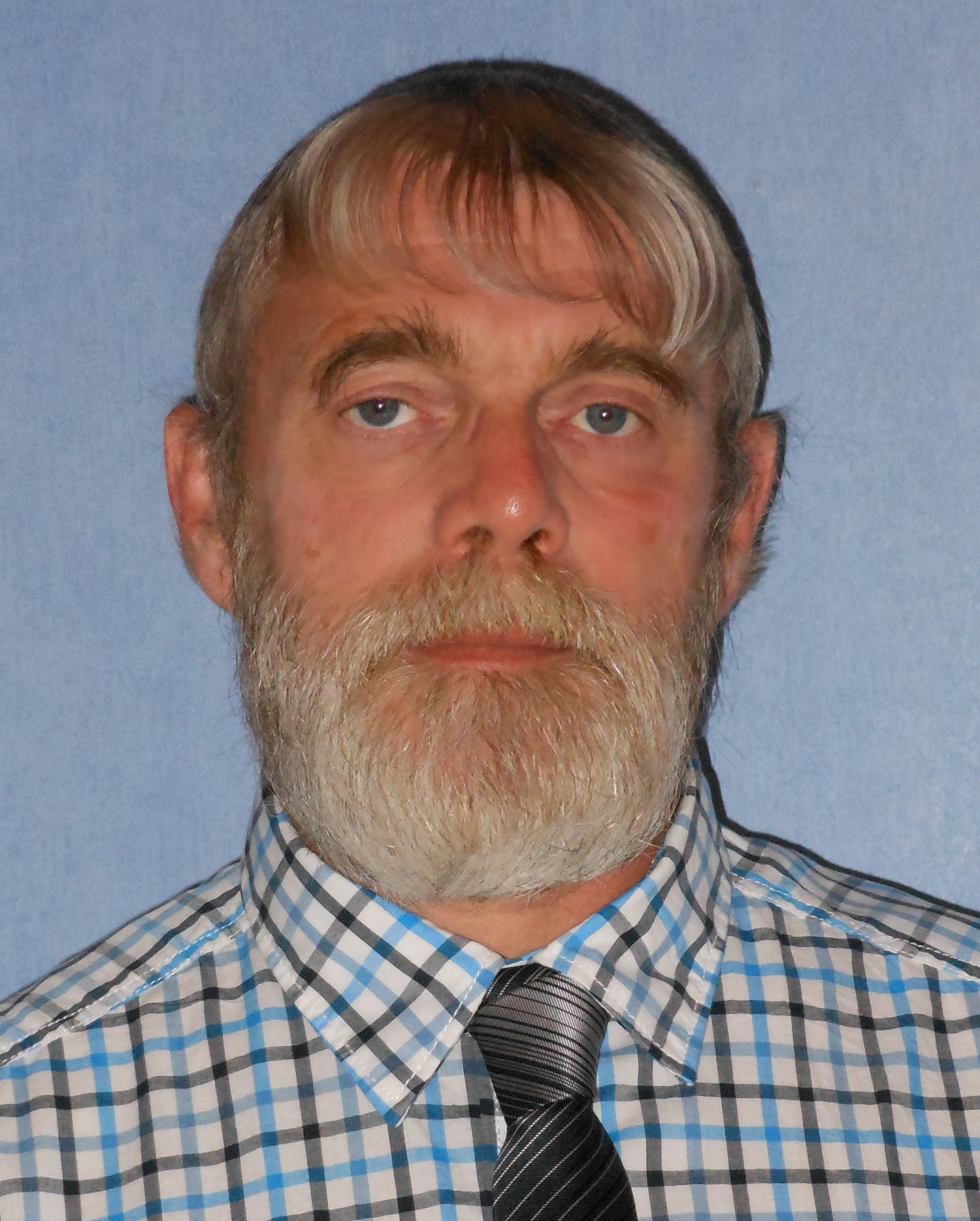The 10th IASTED International Conference on
Web-based Education
WBE 2013
February 13 – 15, 2013
Innsbruck, Austria
KEYNOTE SPEAKER
Technologies make it possible, Services make it happen
Abstract
For several years, higher educational institutions have worked to develop infrastructures, resources and services. The implementations of both new technologies for distance learning and digital environments for learning have brought about a new flexibility in higher educational institutions’ training offer. Consequently, it offers to learners trainings which fit more and more their constraints. Either the emergence of distance or the bi-modality distant/face-to-face has also induced teachers to question themselves about new educational uses. There are more and more digital tools available to teachers and learners but today priority is still the development of the uses of these technologies in trainings.The first part of the talk, which cannot be objectively complete, gives a state of the art of developments in the field of web technologies for learning in France and in the European Union. Therefore, we will focus on some topics; among them digital environments for learning, initiatives in the field of remote practical activities and emergent mobile technologies.
In the second part of this talk, we explain the way we set up our digital environments for learning in our graduate school: laptops for students, choices and implementations of open-source and home-made software, in order to provide students with a unified application environment. Then, we detail the developments and the experiments which we realized, on the one hand in the framework of virtual reality technologies, on the other hand in the framework of mobile technologies. Distributed virtual reality technologies enable the implementation of virtual labs for students’ practical activities. These virtual labs are "metaphors" of real labs. They enable to implement real experiments (robotics, electronics...) in virtual environments. They make easier the access to experimental work for students without any limitation of time, budget or resources availabilities as in a real lab. Concerning the practices of mobile technologies we focused on two points: making the development of educational contents that runs on smartphone easier and improving the reactivity of students. To conclude this second part, we try by taking into account our experience to point out strengths and weaknesses, both from technological and human beings points of view, concerning the implementation of web technologies for learning.
Biography of the Keynote Speaker

Jean-Pierre Gerval obtained his Doctorate in Automation from the University of Valenciennes in France, 1987. He has been Project Manager at the "Institut d'Informatique Industrielle" in Brest from 1988 to 2003 and Associate Professor of Computer Sciences at the "Ecole Nationale d'Ingénieurs de Brest" from 1993 to 2003. He is currently head of the Computer Sciences Department at the "Institut Supérieur de l'Electronique et du Numérique" (ISEN) in Brest, France. He has been working for twenty years on European and International projects mainly dedicated to New Technologies for Education. His main research interests are in the areas of Distributed Virtual Reality and Virtual Environments especially dedicated to pedagogical applications, Technologies for Mobile Learning and Web Based Education.















